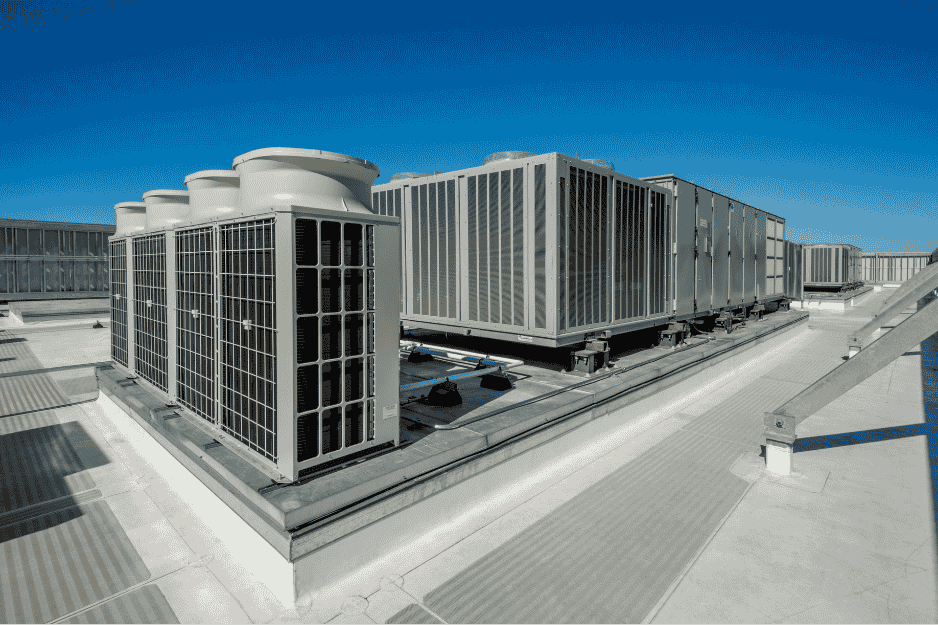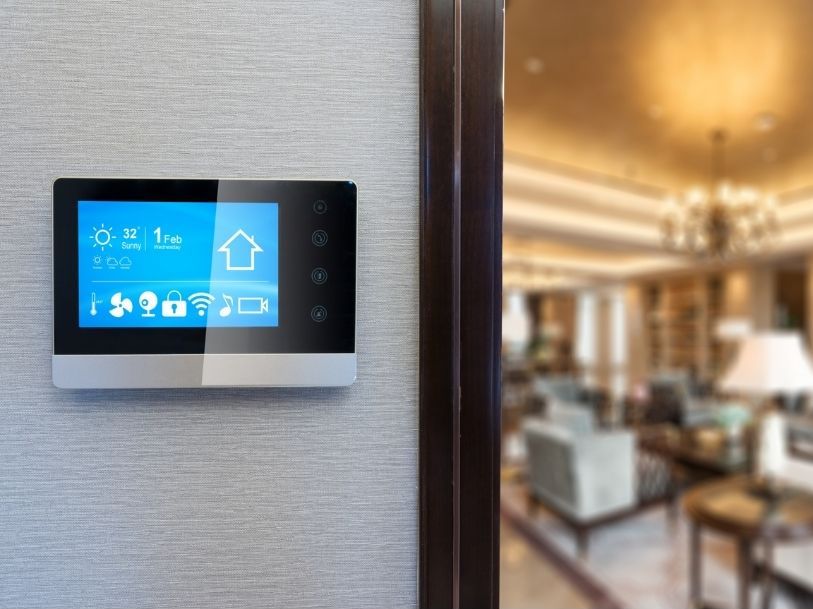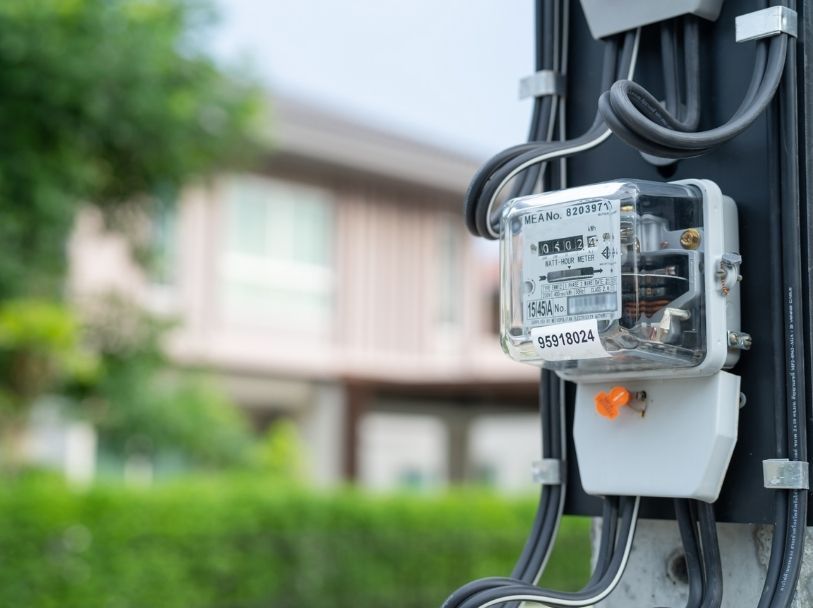🚨 The Challenge
- Each building used separate BMS (Building Management Systems) with vendor lock-in
- No single interface for managing lighting, HVAC, elevators, and air quality systems
- Difficulty in meeting green building norms and energy efficiency targets
- Reactive maintenance led to tenant complaints and unexpected downtime
- No mobile dashboard or remote control options for facility managers
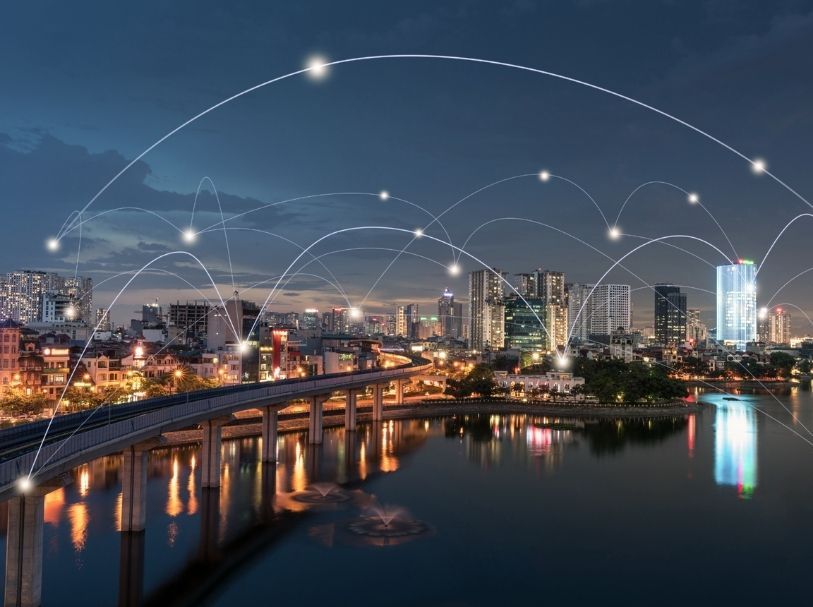
💡 The Wavefuel Solution
✅ 1. Cross-System Integration
Wavefuel connected existing systems (using OPC-UA, Modbus, BLE, and HTTP) into one dashboard—unifying building automation, regardless of vendor.
✅ 2. Halo-Based Facility Dashboard
Facility managers could track power consumption, equipment status, water levels, occupancy, and air quality—per floor or per room.
✅ 3. Rule Engine for Building Logic
Automated tasks included:
- Adjusting lighting based on ambient sunlight
- Regulating HVAC based on real-time occupancy
- Sending alerts when water tanks hit low levels or when CO₂ exceeds thresholds
✅ 4. Custom App for Maintenance Staff
Using Wavefuel’s SDK, a lightweight mobile app was created for on-site staff to monitor and respond to alerts in real-time.
✅ 5. AI-Powered Facility Assistant
Managers used Lighthouse AI to ask things like:
- “How’s HVAC performance on Floor 3?”
- “Which buildings are consuming the most energy today?”
- “Auto-optimize energy based on current occupancy”
📈 The Result
- 🏢 100% visibility across 22 buildings from a single dashboard
- 🌡️ 30% improvement in HVAC energy efficiency with occupancy-based control
- 🛠️ 40% faster maintenance response times
- 🌱 Achieved LEED Gold compliance with detailed environmental reporting
- 📉 Tenant complaints dropped by 60% after system unification
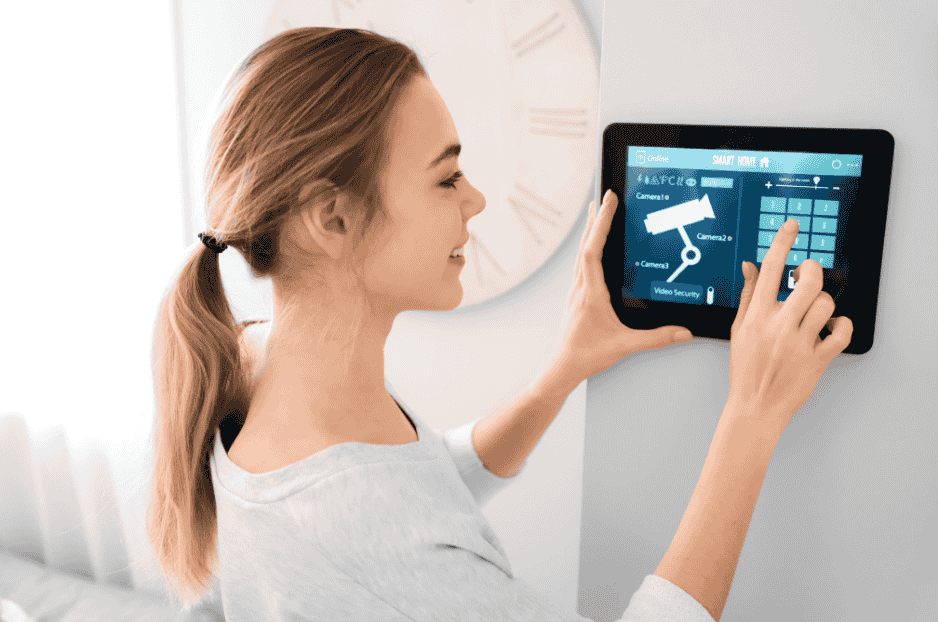
🧠 Key Features Used
- Multi-protocol support (OPC-UA, Modbus, BLE)
- Halo dashboards for building-level control
- Rule Engine for real-time automation
- SDK-based mobile app for facility teams
- AI assistant for proactive management
